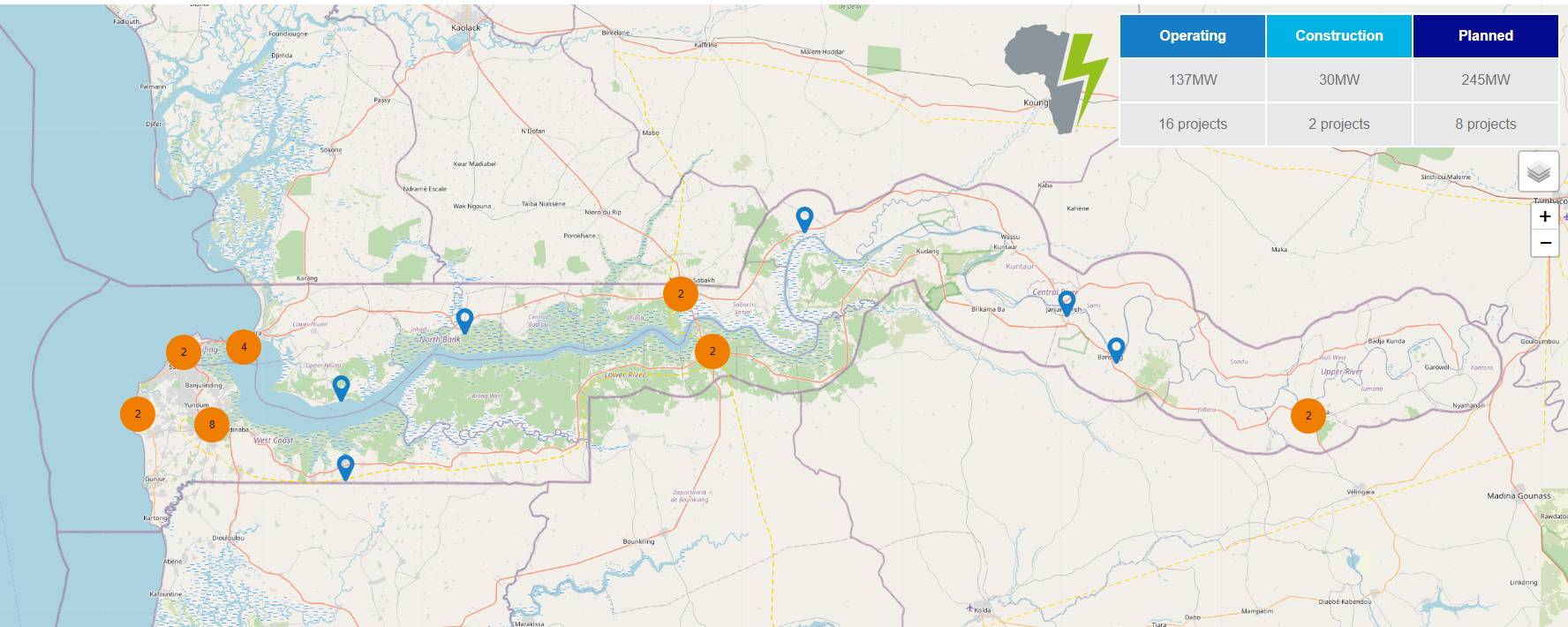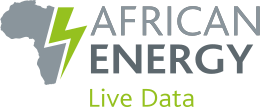
Gambia’s National Water and Electricity Company Ltd (Nawec) on 4 November issued a request for qualification from independent power producers to develop, finance, build, operate and maintain a 30MW dual-fuel power plant in Kotu, Gambia. The plant will be fuelled by natural gas or HFO and will sell power to Nawec through a long-term power purchase agreement. Nawec is being supported in the tender by the African Legal Support Facility. Submissions are due by 3 December 2020.
The plant will bolster a sector reliant on HFO plants in a poor state of repair and Karpowership’s 36MW Koray Bey powership, which began operating in May 2018 and is set to run until 2022.
Three years after Adama Barrow replaced autocrat of 22-years Yahya Jammeh as president, Gambia remains one of the poorest countries in the world. But there has been progress building national institutions such as the central bank and international donors are very active in the country. Electricity supply has improved, with available generation in the Great Banjul area increasing from 25MW in October 2017 – with customers only able to use power for 2-3 hours each day – to 80MW in November 2019, according to the World Bank Group (WBG), which is sufficient to meet peak demand of 70MW. Nawec has reduced transmission and distribution losses from 28% in 2015 to 19% in 2019 through a WBG-backed prepayment meter programme.
However, Nawec continues to make annual losses of around GMD500m ($10m), equivalent to 1% of GDP. Electricity tariffs in Gambia are around $0.27/kWh, up from $0.23/kWh in 2019, making them amongst the costliest in Africa. The government is aiming to alleviate the financial pressure on the utility through a debt restructuring which will remove 75% of the debt from its balance sheet. It also aims to address arrears from public sector customers and to adjust the tariff structure to allow a pass-through of fuel costs to the tariff, reducing Nawec’s exposure to oil prices.
The government plans to reduce the cost of generation by producing 40% of electricity from renewable sources by 2025 and a number of solar PV projects are planned. Gambia is also scheduled to be connected to the Organisation pour la mise en valeur du fleuve Gambie (OMVG) high voltage network in Senegal in mid-2021 and the West Africa Power Pool in 2022, which will allow the country to import up to 200MW of power.
For more information on the tender contact: [email protected] and [email protected], cc: [email protected], [email protected], and [email protected]
Live Data is more than a web platform. We can tailor our data offering to your goals, providing data for energy modelling, mapping, sales, analysis, or cases studies. To learn more about how we can help your business contact Alex Wark.



